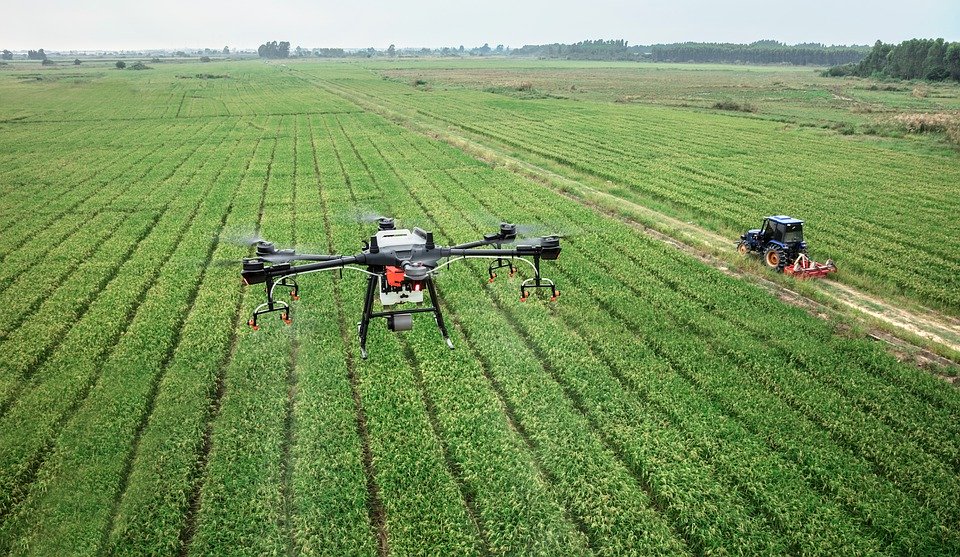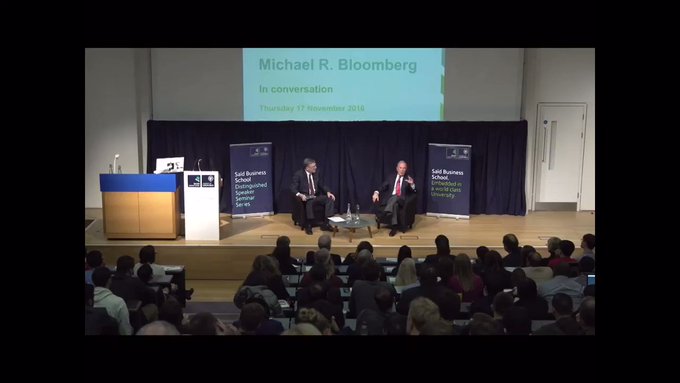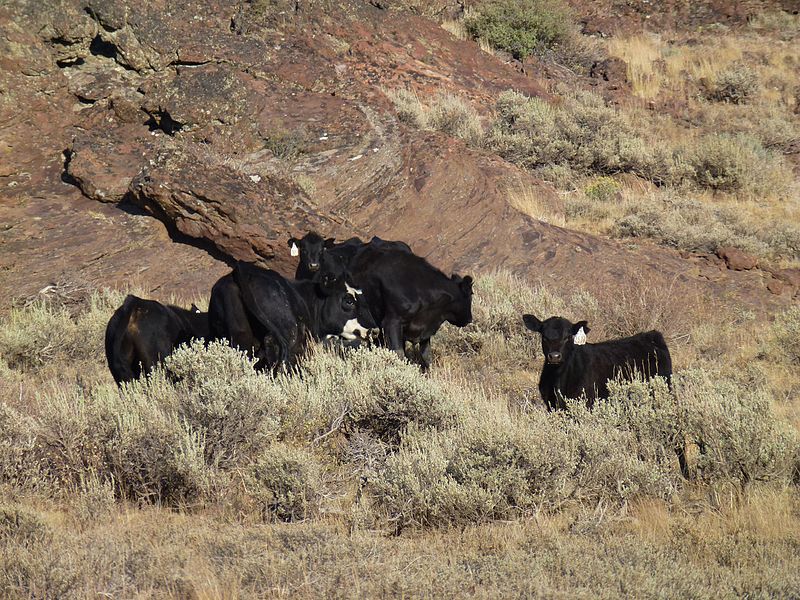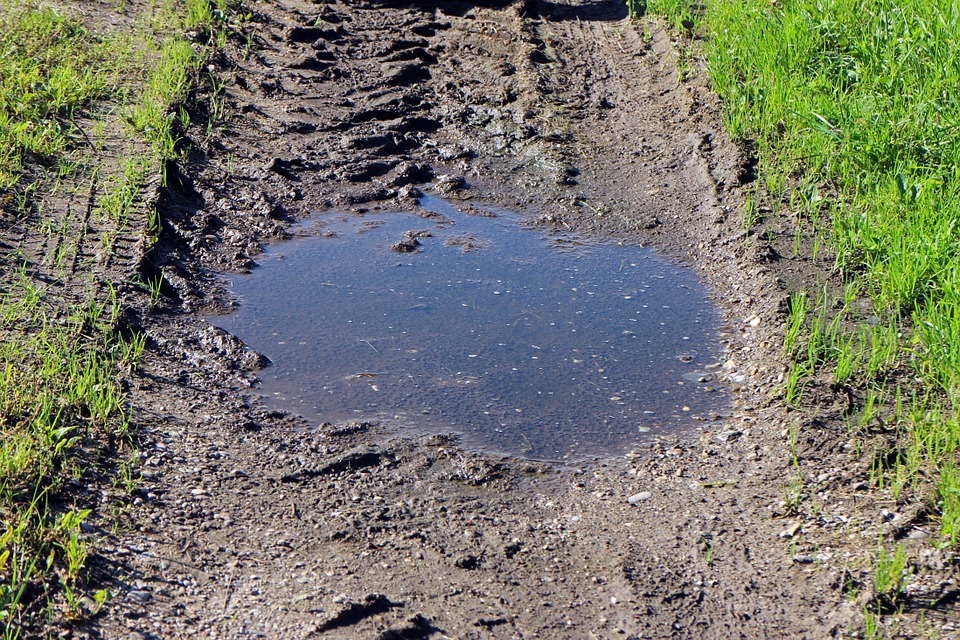How do farmers do all this? Well, nowadays it takes some freakishly expensive equipment, some high-grade science, a bit of luck with the weather, and a huge amount of hard, hard work.
Joy Pullman
6 Amazing High-Tech Things American Farmers Do That Prove Mike Bloomberg Knows Nothing About Agriculture
“I could teach anybody, even people in this room, no offense intended, to be a farmer,” Democrat presidential candidate Mike Bloomberg told students at the University of Oxford in 2016. “It’s a process. You dig a hole, you put a seed in, you put dirt on top, add water, up comes the corn. You could learn that.” He contrasted farming as an example of the old economy against more high-tech, Information Age jobs of the new economy.
Bloomberg on why farmers can’t work in information technology
MB: “I can teach anyone how to be a farmer 1 dig a hole 2 put a seed in 3 put dirt on top 4 add water 5 up comes the corn”
The skill 4information technology is completely different you need more grey matter#farmers
It is obvious from these comments that not only has Bloomberg never visited a modern American farm, he probably hasn’t ever done a stick of gardening or landscaping in his entire life. Even a hobbyist small-time gardener like me can’t “dig a hole, put a seed in, put dirt on top, add water, and up comes” the plant. How deep should the hole be? It varies by plant. When do you plant them, and under what weather conditions? Again, it varies by plant.
What plants go well together and which don’t? How much should I water to avoid both drying out or molding my plants? How do I keep that seed going happily for months and braving pests and storms to get me that delicious cucumber or tomato? You only think these are easy problems if you’ve never tried to do it. Every year I have gardening successes and failures, and thank the Lord I don’t have to grow all our own food, or my whole family would be dead.
Food has gotten not only less time consuming, it’s gotten massively cheaper. Americans used to spend the majority of their income on food. Now we spend an average of less than 15 percent. That’s largely thanks to a revolution in agricultural efficiency known as the Green Revolution, which has saved billions from starvation and malnutrition.
Every time farmers spend less, use fewer resources, and get better crops, everybody who eats benefits. It means more money in my budget I can use on other things, including higher-end food. It means food with more nutrients, which is better for us all. And it means more food so fewer people go hungry.
How do farmers do all this? Well, nowadays it takes some freakishly expensive equipment, some high-grade science, a bit of luck with the weather, and a huge amount of hard, hard work.
1. Drones. Yes, Drones
For city people like I’ve become, drones are a useless irritation your neighbor uses to spy on you or dive-bomb the dog. For American farmers, drones are work equipment. They use them to check for pests, save water and fertilizer, and conserve resources.
2. Remote-Controlled Irrigation
You probably have never seen an irrigation line up close and personal. The most common kind in my experience is a big fat pipe with A-shaped legs that spans the length of an entire field and rotates around it in a circle or semicircle. As a kid, I used to tag along with my dad in his pickup to “check the irrigation lines.” I always groaned when he let it slip that’s where we were headed, because no one could predict how long the check would take. When one of those puppies broke down, it was a major project that needed immediate attention. It was also dangerous work that could kill people if a pipe blew under water pressure.
Now, a lot of that constant driving here and there just to make sure nothing is broken has been obviated by irrigation systems that can not only be monitored and remotely controlled from the farm office, the water pressure can be fine-tuned all the way down the entire field line. One part of the field can get extra water at the same time another, based on soil type and other fine-grained conditions, gets less.
Besides bringing farm dads home for dinner more often, this also reduces water use. Better food, happier workers and their families, less water. Thanks, technology!
(True story: My dad is every bit as good looking as the guy playing the farmer in this ad.)
3. GPS-Driven Machinery
Modern tractors use GPS to plant and tend perfectly straight rows and tailor nutrition and pest reduction to small, specific locations in fields. This reduces waste and increases crop yields on less land.
Free Range Report
Thank you for reading our latest report, but before you go…
Our loyalty is to the truth and to YOU, our readers!
We respect your reading experience, and have refrained from putting up a paywall and obnoxious advertisements, which means that we get by on small donations from people like you. We’re not asking for much, but any amount that you can give goes a long way to securing a better future for the people who make America great.
[paypal_donation_button]
For as little as $1 you can support Free Range Report, and it takes only a moment.





